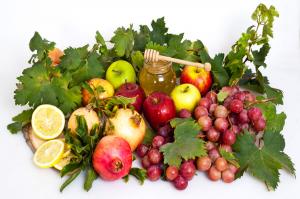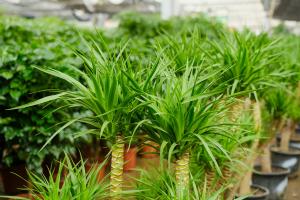Papaya and pumpkin are different. The difference between them is mainly reflected in their external morphology, origin distribution and nutritional value
1. External form
The outside of papaya is cylindrical, with a length of about 20 cm and a transverse diameter of about 13 cm. Its skin color is light yellow, and there are irregular prominent longitudinal edges on the melon surface, generally eight. The fruit stem of pumpkin is very strong, with ribs and grooves, about six centimeters long. The melon stalk will expand into a trumpet shape, and its shape is irregular gourd shape. Because of the difference of varieties, some melons have several longitudinal grooves or no, and the color is generally cyan or orange

2. Origin distribution
Pumpkin originated from Mexico to Central America. Now it is widely planted all over the world, but the planting area of subspecies is the largest, followed by Europe and South America. The origin of papaya is in southern Asia, southern China and Central America. At present, it is widely cultivated in five continents of the world

3. Nutritional value
Pumpkin is rich in polysaccharides β- Carotene, mineral elements, amino acids and active proteins. Its seeds are also rich in amino acids, which can clear away heat, dehumidification and expel insects. Papaya is rich in citrulline, arginine, aspartic acid, trigonelline, adenine, carotene, glucose, mannitol, vitamin B, vitamin C, vitamin E, a variety of unsaturated fatty acids, copper, zinc and iron. Magnesium and other trace elements are very rich in nutritional value


 jackfruit
jackfruit snake plant
snake plant hibiscus
hibiscus hydrangea
hydrangea lavender
lavender Green roses climb al...
Green roses climb al... If you don't pay att...
If you don't pay att... Management of four g...
Management of four g...


































